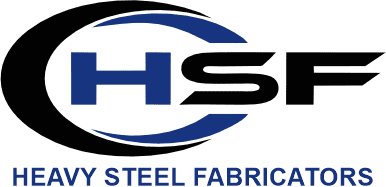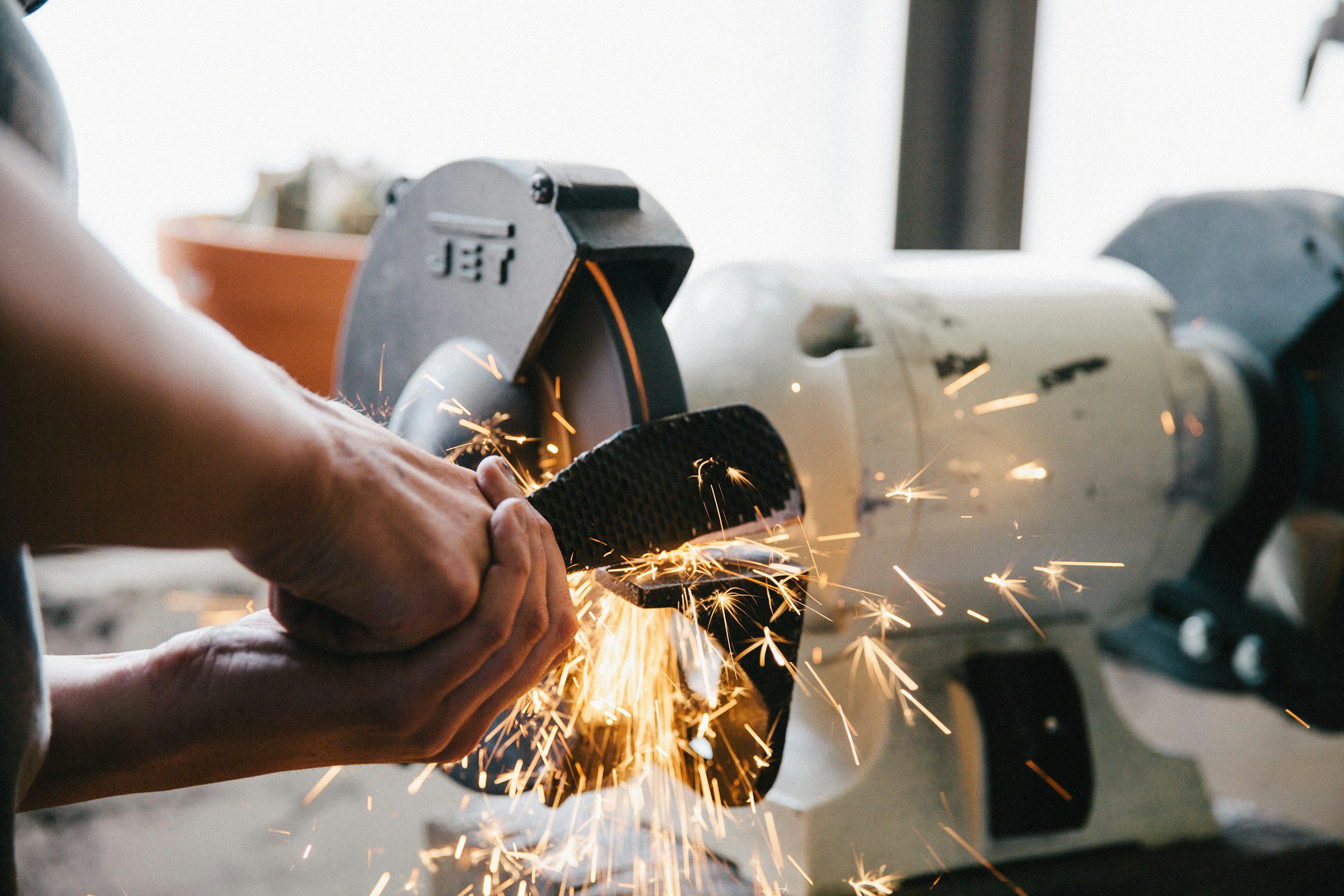In the past few years, the metal and steel fabrication industry has experienced various technologies and trends that have changed its face. These developments include robotics and automation, additive manufacturing, 3D printing, and the integration of Industry 40 technologies and IoT.
Automation and Collaborative Robots
The landscape of metal fabrication is shifting. Traditionally, hazardous tasks were handled by humans, but the introduction of collaborative robots, or cobots, is changing the game. These safe and compact robots work alongside human operators, addressing labor shortages and enhancing safety. As automation becomes more prevalent, cobots are taking on welding, cutting, and drilling tasks, contributing to increased efficiency and cost reduction.
3D Printing and Additive Manufacturing
Metal powder bed fusion, a powerful 3D printing technique, has transformed metal and steel fabrication. Once relegated to hobbyists, 3D printing is now a valuable asset, enabling the rapid and cost-effective creation of intricate metal and steel parts. This technology minimizes waste and allows for the production of complex designs, paving the way for innovation and revolutionizing traditional manufacturing processes.
Implementing Automation and CNC Machines
Metal and steel fabrication is experiencing a wave of automation with the integration of technology into CNC machines. This shift is reducing repetitive tasks, boosting efficiency, and protecting workers from repetitive strain injuries. As automation continues to advance, we can expect even more streamlined processes and exciting new career opportunities in the field.
Internet of things (IoT) and Industry 4.0
Metal and steel fabrication is embracing the power of data with the integration of IoT devices and sensors into equipment. This allows for continuous monitoring of performance and usage, enabling predictive maintenance and minimizing downtime. Furthermore, IoT-enabled equipment facilitates remote monitoring and control, promoting collaboration and flexibility across teams and locations.
Computer-Aided Design (CAD) and Computer-Aided Manufacturing (CAM)
From design to production, the metal and steel fabrication process is becoming increasingly streamlined with the integration of CAD and CAM software. Designers can create detailed 3D models in CAD, allowing for virtual prototyping and testing, while CAM software seamlessly translates these designs into precise instructions for CNC machines. This seamless workflow ensures accuracy, consistency, and reduced lead times, leading to faster production and lower costs.
Digitization in the Steel Fabrication Industry
Despite a history of slow technology adoption, the metal fabrication industry is finally embracing the power of digitization. This shift involves integrating technology platforms to boost efficiency, productivity, and overall performance. Importantly, this doesn’t mean replacing human workers, but rather creating a collaborative environment where technology empowers human expertise. Business owners are encouraged to join this digital revolution, prioritize cybersecurity, and leverage the available tools to unlock the full potential of the industry.
The Adoption of Advanced Materials
The use of cutting-edge materials like high-strength steels, aluminum alloys, titanium alloys, copper alloys, and composites is revolutionizing metal fabrication. These materials enable the creation of lighter and stronger parts, leading to significant performance improvements in various industries. From lighter and more fuel-efficient aircraft in the aerospace industry to stronger and more durable medical implants, the possibilities are endless. The future of metal fabrication is bright, with these trends and technologies set to drive significant advancements beyond 2024. The continuous integration of automation and cutting-edge software will not only enhance manufacturing capacities but also foster a more sustainable and efficient industry in the long term.

